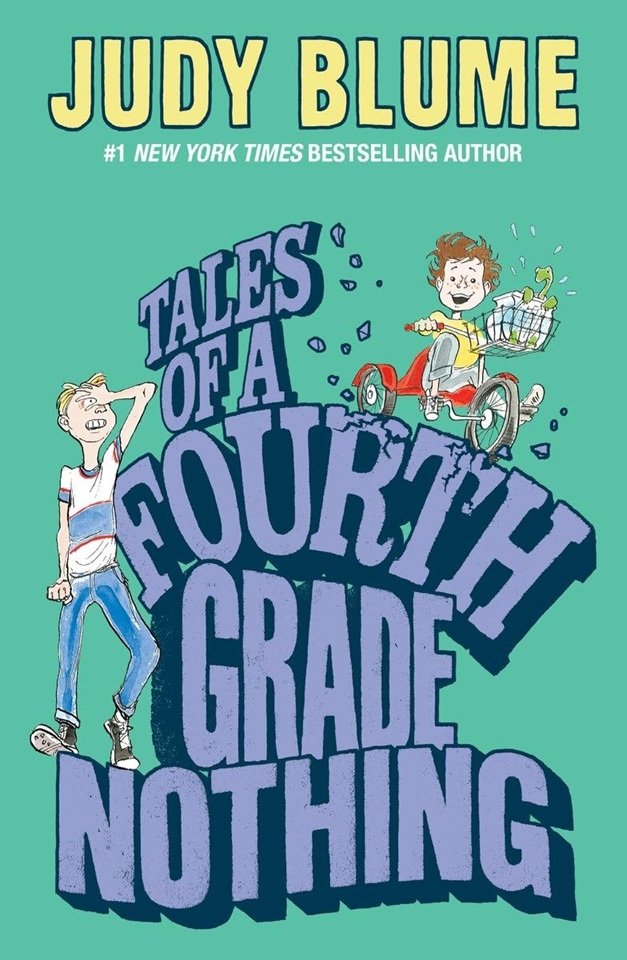Your cart is currently empty!
Judy Blume’s Tales of a Fourth Grade Nothing is a classic children’s novel that captures the ups and downs of family life with humor and honesty. The story follows Peter Hatcher, a fourth grader trying to cope with the everyday challenges of school, friends, and—most of all—his mischievous younger brother, Fudge. Blume’s relatable characters and engaging storytelling make this book a favorite among readers. This literature guide is designed for students in grades 3–5, helping them explore themes of responsibility, family dynamics, and growing up while building comprehension, vocabulary, and critical thinking skills through fun activities.

| Title | Tales of a Fourth Grade Nothing |
| Author | Judy Blume |
| Year Published | 1972 |
| Suitable Grade Level (US) | 3rd – 5th Grade (ages 8–11). The story is accessible for younger readers but still engaging for upper elementary. |
| Key Themes | – Family dynamics – challenges of growing up with siblings. – Sibling rivalry – Peter’s frustration with his younger brother Fudge. – Responsibility – learning consequences for actions. – Growing up & Independence – Peter navigating his role as the “older child.” |
| Literary Elements | – Point of View – First-person narration from Peter’s perspective. – Characterization – Development of Peter as the responsible child vs. Fudge as mischievous. – Tone & Style – Conversational, humorous, realistic. – Genre – Realistic fiction reflecting everyday childhood experiences. |
| Rhetorical Devices | – Hyperbole – Exaggerated descriptions of Fudge’s antics. – Irony – Situations where Fudge’s misbehavior leads to unexpected results. – Dialogue – Natural conversations drive the plot and reveal character. – Repetition – Reinforces frustration and humor in Peter’s storytelling. |
| Curriculum Connections | – Reading Comprehension – Plot sequencing, cause/effect, predicting outcomes. – Character Analysis – Compare Peter and Fudge’s traits, motivations, and growth. – Themes – Explore family life, fairness, and responsibility. – Point of View Study – How narration influences the reader’s perspective. – Writing Extension – Students can write their own sibling or family anecdote in a similar style. – Discussion Skills – Students debate whether Peter’s frustrations are justified. |
| Content Considerations | – Behavior Modeling – Fudge frequently misbehaves (throwing tantrums, being destructive, refusing to eat). While humorous, teachers may need to reinforce that these behaviors are not acceptable. – Family Relationships – Peter sometimes feels neglected compared to Fudge, which may resonate with students who experience similar sibling dynamics. – For Christian Educators – Opportunity to frame sibling rivalry in light of biblical teachings (e.g., loving one another, kindness, respect, forgiveness). Discussions can highlight how families can work through conflict positively. |
Tales of a Fourth Grade Nothing
Tales of a Fourth Grade Nothing by Judy Blume hilariously captures sibling rivalry as Peter copes with his mischievous brother Fudge. A classic childhood favorite—available now on Amazon.
This is an affiliate link; we may earn a small commission at no additional cost to you.

